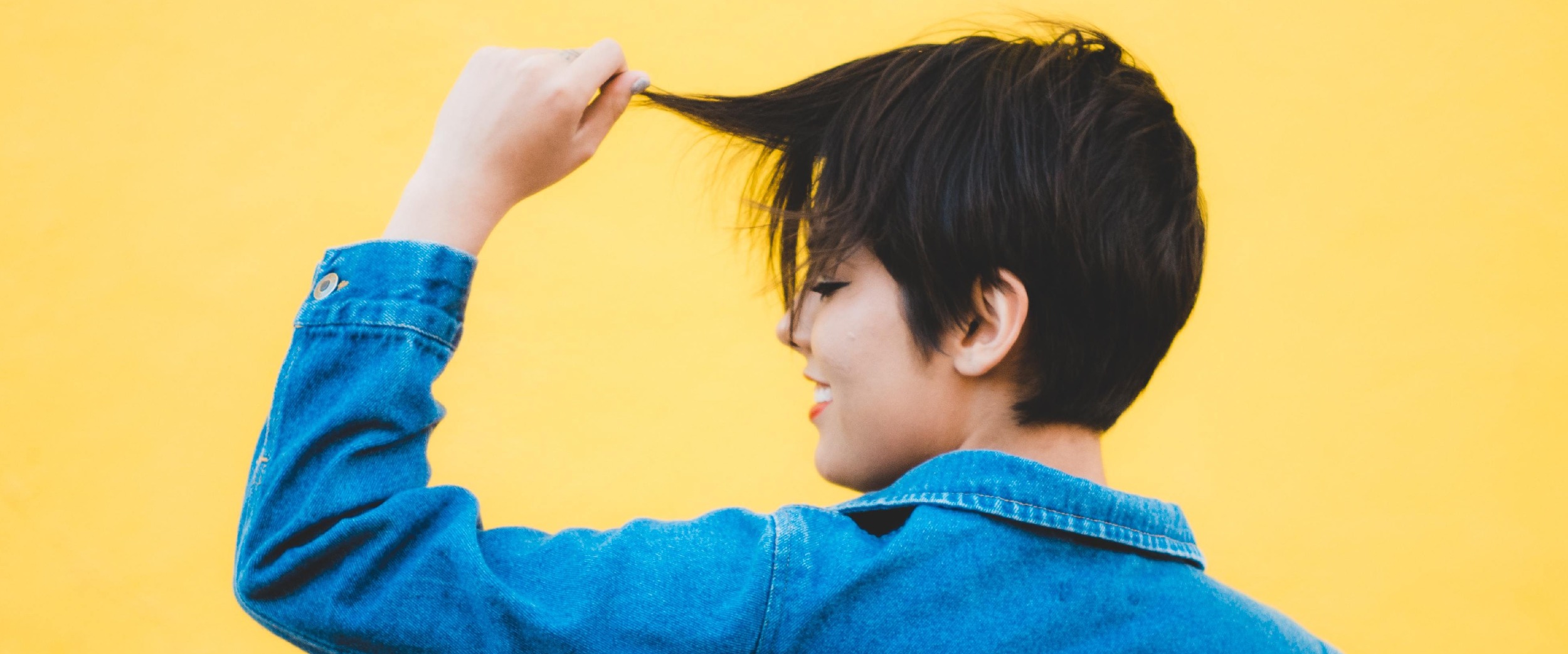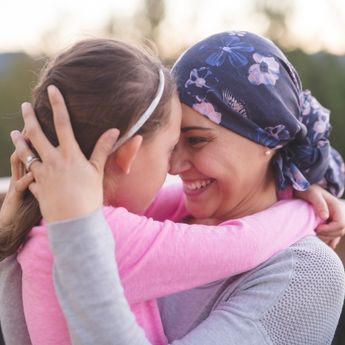Hair loss is something that some women who are diagnosed with breast cancer face. Hair can be a huge part of a person’s identity, especially for a woman. The way your hair looks can communicate a lot to others about the type of person you are. Therefore, it’s understandable that losing your hair following a breast cancer diagnosis can add distress to an already devastating situation. In order to bring some relief and sense of control should you have to deal with hair loss, we outline why and when hair loss occurs as well as things that you can do to get through it.
Why it Happens
Chemotherapy is a type of breast cancer treatment that involves using chemicals to kill fast-growing cells such as tumors. Unfortunately, it may also target and kill non-tumorous cells such as hair follicles, leading to hair thinning or hair loss. Since hair follicles are found in different parts of the body, hair thinning or hair loss may occur not just on the scalp but for eyebrows, nose hair and body hair. Not all drugs lead to hair loss, which can also occur for a variety of reasons other than the drug being used. These factors include:1
-
Chemotherapy dosage
-
Frequency of chemotherapy
-
How it is administered
-
Other drugs you may be taking
-
And individual differences
-
The drugs or combination of drugs you receive
While hair loss is most often associated with chemotherapy, it can also occur if you are being treated with radiation or hormones.
When it Happens
Although there is a wide range of when people notice that they are losing their hair or that it is getting thin, it usually starts around the second chemotherapy infusion, beginning slowly and then accelerating in the first or second month from the first infusion. There have been some cases where hair loss begins once chemotherapy is completed.2
Usually, hair starts to grow back within the first 3 months when chemotherapy has finished.3 Sometimes naturally straight hair grows back curly or hair grows back in a different color from your natural hair color. This is referred to as chemo curls and it can take years for the hair to revert to its original, straight texture. In very rare cases, patients experience permanent hair loss; this is usually found with some taxane drugs and when they are administered in very high doses.4 However, in most cases, patients find that their hair completely comes back within 6 to 12 months.5
What to Do About It
Being aware of why and when hair loss may occur during breast cancer treatment is the first step to being in control of the situation. The second step is to take action prior to any hair loss occurs. You can begin this process by letting close friends and family also know what to expect. They can provide moral support and be more empathetic to what you are going through. Telling family members what to expect can also help if you have younger children who may not fully grasp your breast cancer diagnosis but will notice a change in your appearance.
Cutting Your Hair
Some women prepare for hair loss by cutting their hair into a short style. Depending on how comfortable with a short hairstyle, you may consider whether you want to do it gradually or go short all at once. You can decide on just how short you want to go, whether it will be a pixie cut or a buzz cut. Looking into various short hairstyles may also come in handy during the hair regrowth process.
Scarves, Hats and Wigs
Opting for a shorter hairstyle versus going completely bald might be more beneficial for hair thinning than complete hair loss. In the case of going bald, you can stay that way. Some women use statement earrings, necklaces and makeup to enhance their looks when they go completely bald. If this is not for you or if you want other options, you can also use scarves, hats and/or wigs. There are a ton of different styles for scarves, hats and wigs to choose from.
If you decide on using wigs, you can find one that matches your personal style in order to avoid a drastic change. However, if you are okay with a distract change, you may choose to experiment with another style or color than what you are used to. Visiting hair shops to try on different styles, looks and colors will also help you get used to how it feels to wear a wig. There are a few websites, such as this, that allows you to virtually “try-on” different hairstyles. Once you find a style that you like you can get it trimmed, cut and styled for a more natural look. Whether or not a wig purchase will be covered varies from province to province and from insurance to insurance. You may also need to have your primary care physician write a prescription for a hair prosthesis in the case that it can be covered. You can learn more about wigs here.
If you have a wig that you no longer want, you can donate it by contacting the Canadian Cancer Society. The Canadian Cancer Society also has wig rooms in various community offices across the country and supplies a number of cancer centres. Here, women can browse a selection of wigs, try them on and see if there is a wig that is suitable. To find a wig room close to you call an information specialist at 1-888-939-3333.
Regardless of which route you go with, it is important to take precaution of how you manage your hair. The following precautions are suggested:6
-
Be cautious of using heat on your hair, such as when blow drying it or using a straightener. When you do blow dry your hair, use the cool setting.
-
Using hair curlers can cause damage to your hair.
-
Invest in a soft pillowcase such as one made of silk or satin.
-
Don’t use chemicals to dye your hair.
-
Wash your hair less often and use a gentle shampoo and conditioner when you do.
-
Try to not brush your hair when it is wet and opt to airdry your hair if and when possible.
Some Resources to Get You Started:
10 Chemo Essentials: How to Build a Wardrobe for Hair Loss
How to tie a head scarf for cancer patients
How to tie a headscarf: A patient’s guide
Canadian Cancer Society’s Find a Wig Room
Photo by Daniel Apodaca on Unsplash







